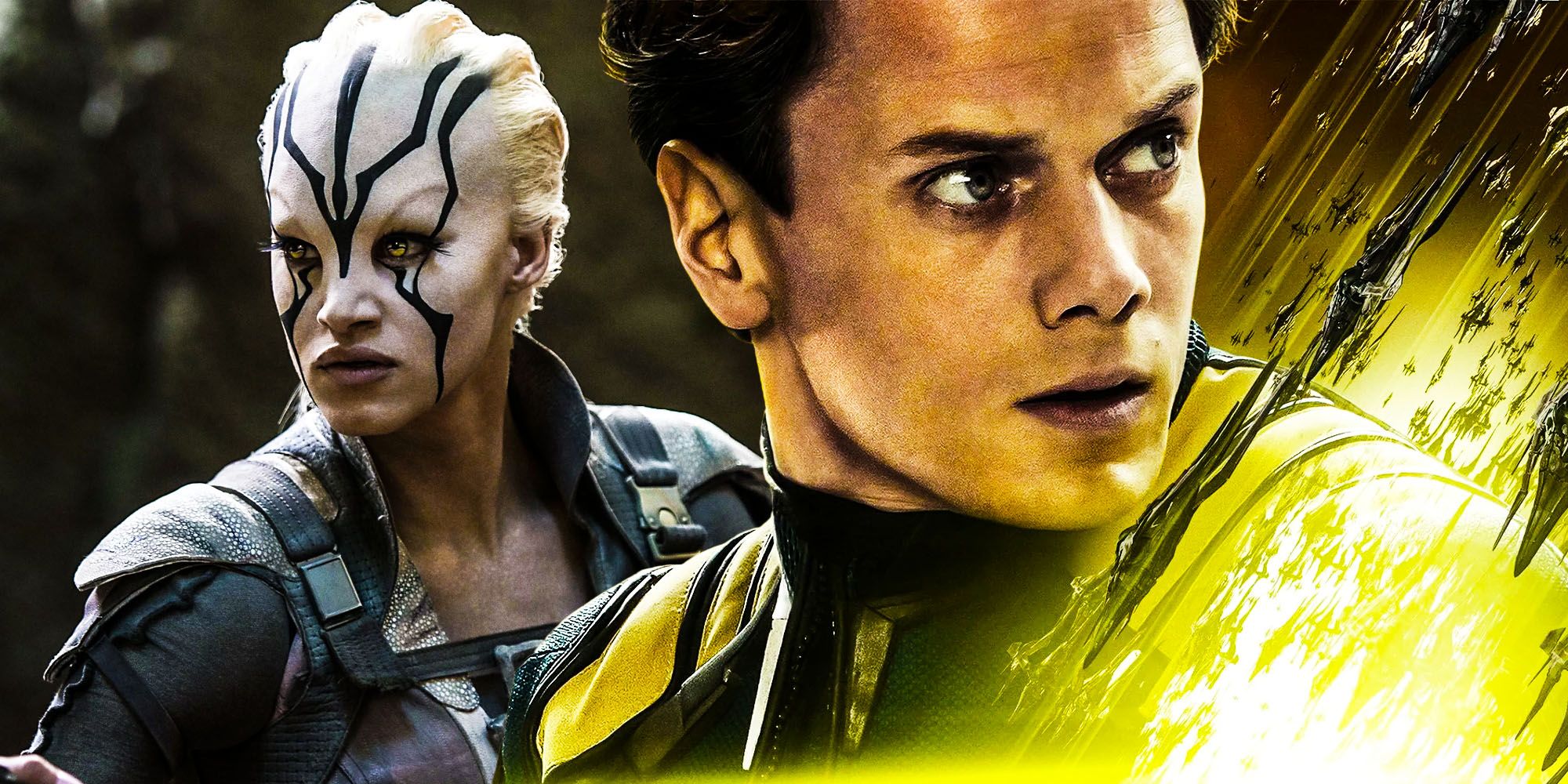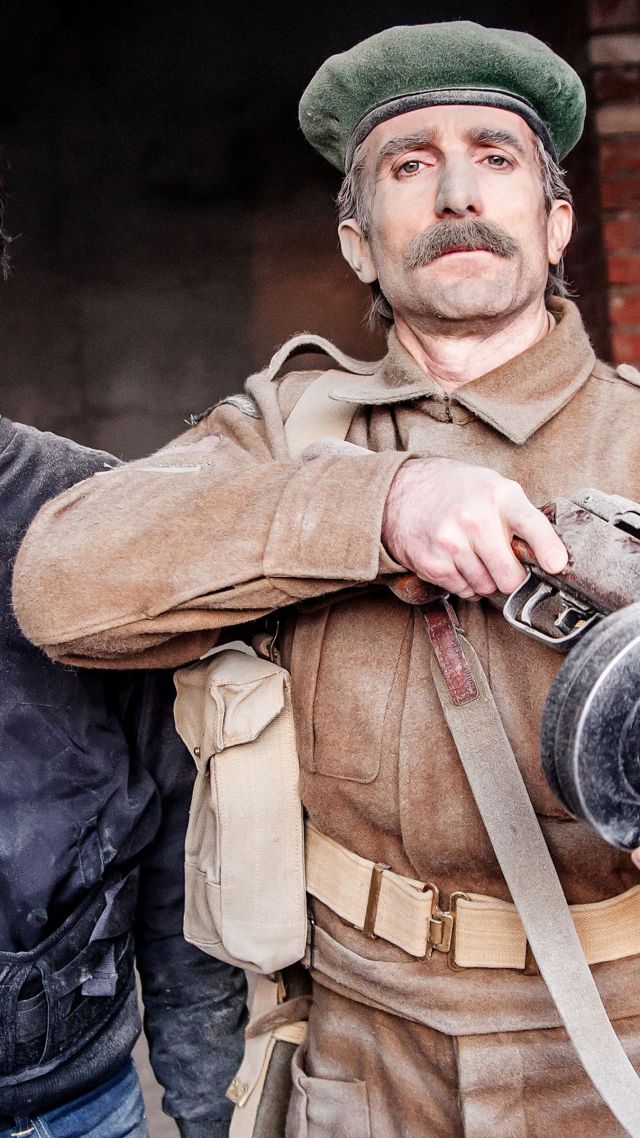

Star Trek III: The Search for Spock (1984)Īny time a beloved TV property gets a big screen treatment-especially if that treatment comes with aims of creating a cinematic franchise-there are plenty of discussions (and angst) on all sides of the equation on how best to capture the existing magic while navigating the constraints and harnessing the potential of the original. But as Wrath of Khan would demonstrate just three years later, it wouldn’t require much of a course correction to do so. Even as, for fans especially, it was an amazing moment to see the return of Kirk, Spock and the crew of the Enterprise, Star Trek: The Motion Picture falls short of capturing the thrill of their adventures. Viewed decades later and in the context of all the special-effects-reliant properties that followed, this initial salvo of the Star Trek cinematic universe is ponderous in pace and hit-and-miss in spectacle, sure, but it also captures a moment in which the potential of technology to revolutionize the way sci-fi stories could be told and shown was revealing itself, and a reminder that while thousands and thousands of viewers were falling in love with Luke, Leia, Han and Chewie, there was another community out there similarly invested in the world Gene Roddenberry had built. Sometimes it doesn’t matter if a film is, technically, a near-miss. (Ah, clones-the sci-fi equivalent of a twin sibling.) -Michael Burgin Ultimately, as with The Final Frontier, Star Trek: Nemesis is immediately forgettable, though it does feature a young Tom Hardy as the antagonist, a Picard clone. If you need to kill his family members to create stakes for Picard, you’re probably doing it wrong. (The Millars and Snyders of the world have made a career off it.) But outside of Elseworlds and mirror universes, such efforts are usually misguided, missing the point of the source material. Any optimistic vision of individuals or humanity that becomes popular enough inevitably draws-it’s tempting to call them “hack” because so often they are-efforts to make things more “realistic” in event and tone. But it’s also measurably darker in spirit than other entries in the franchise. Nemesis is much like plenty of individual episodes of the Star Trek: The Next Generation TV series: It sports an interesting premise, poorly executed but nonetheless bolstered by Patrick Stewart’s gravitas and acting chops, and relies on Data to save the day. (It also added credence to the “odd numbered films bad” theory on the franchise.) Whether it was Shatner’s direction, the muddled mess of a plot, or lackluster special effects that seemed to take a step back exactly when they one would expect them to leap forward, Star Trek V: The Final Frontier was immediately forgettable-and has remained so.


Roughly 32 years ago, the William Shatner-directed fifth installment of the movie franchise staked its claim as the worst Star Trek film, and of the eight films that followed, only Nemesis has even come close to vying for the distinction. Here is our ranking of every Star Trek movie:ġ3. For the completionists out there, that likely means even a dabble will become a full rewatch, but for anyone who wants to just dip a toe into the franchise’s film offerings based on “best bets” and solid entries, we ranked them.

With the Star Trek universe firmly back exploring the streaming and televised final frontier ( Discovery, Picard and Lower Decks), and only the ol’ “untitled Star Trek project” slated by Paramount for the summer of 2023, it’s an unavoidable fact-the current batch of 13 films, 3 casts and so many Enterprises is all we’ve got to hold us cinema-minded Trekkies over for awhile.


 0 kommentar(er)
0 kommentar(er)
